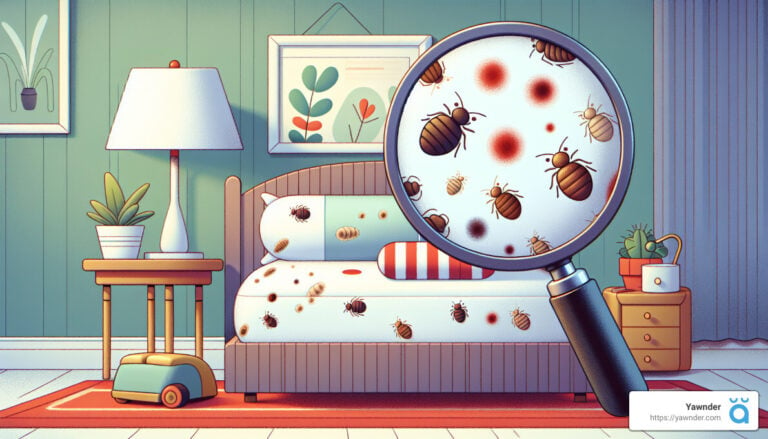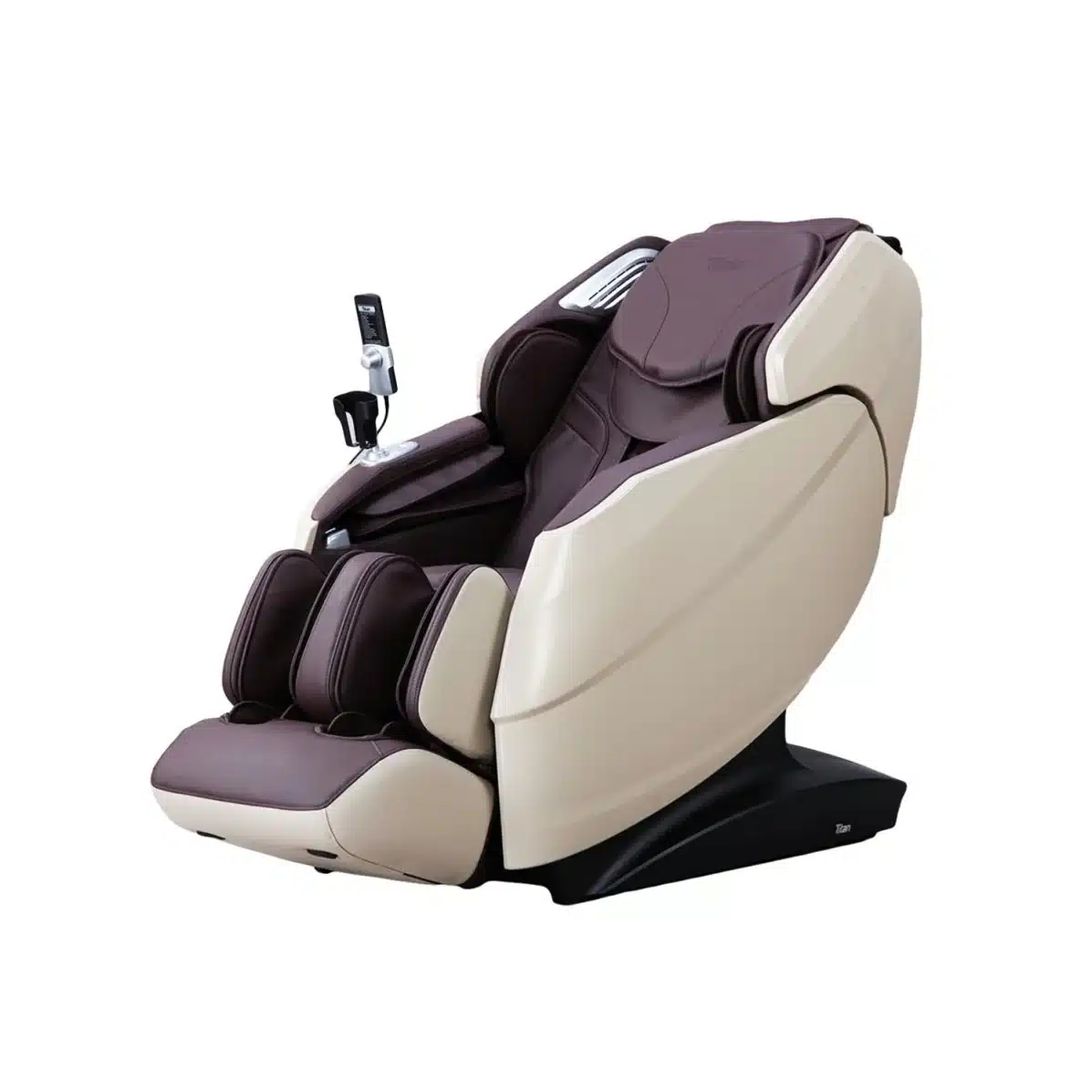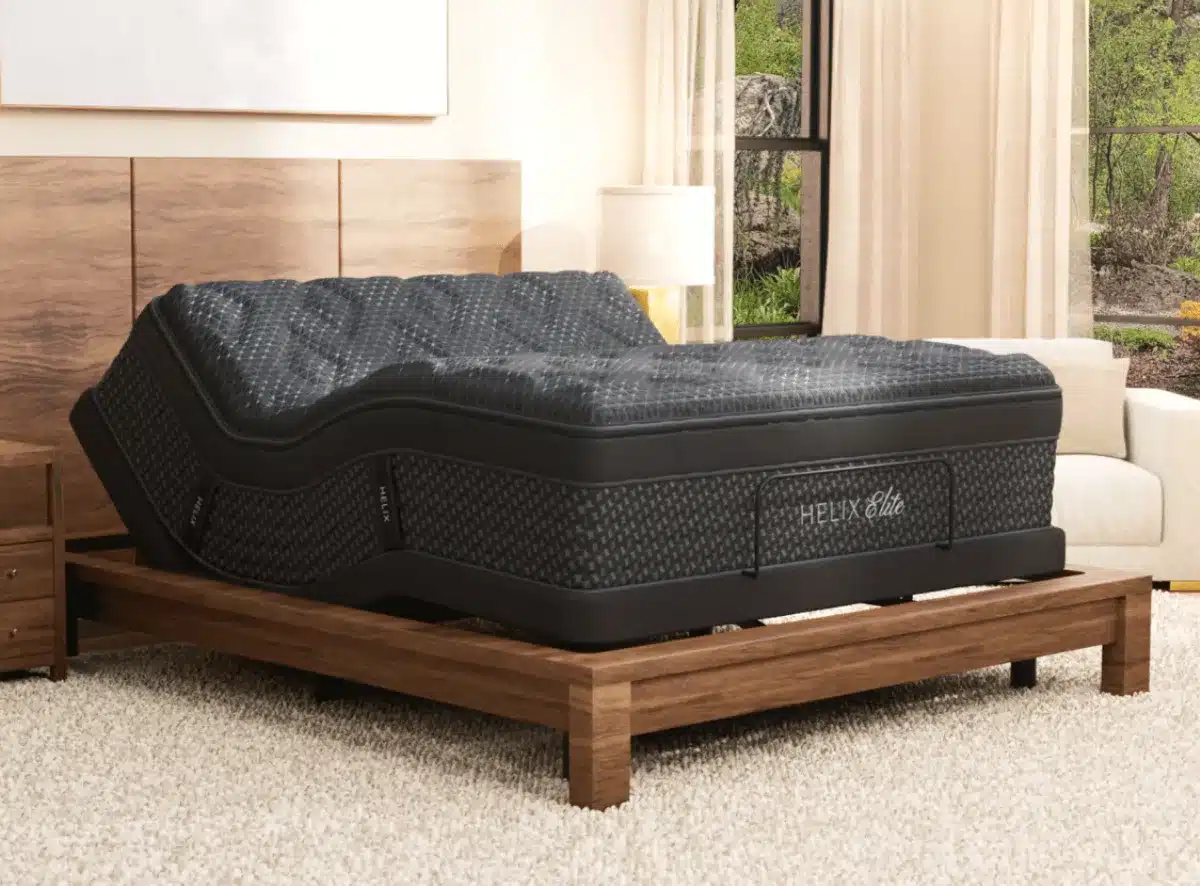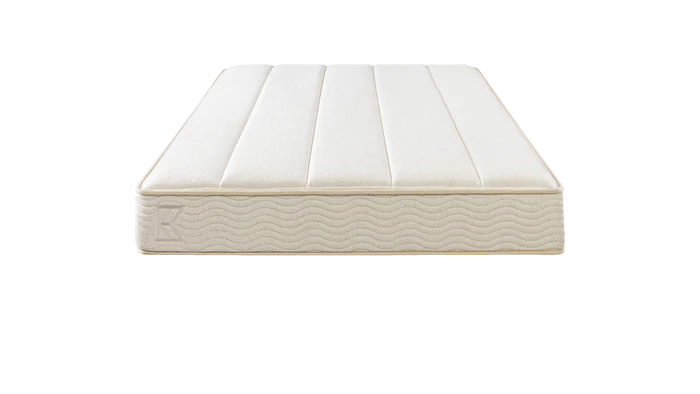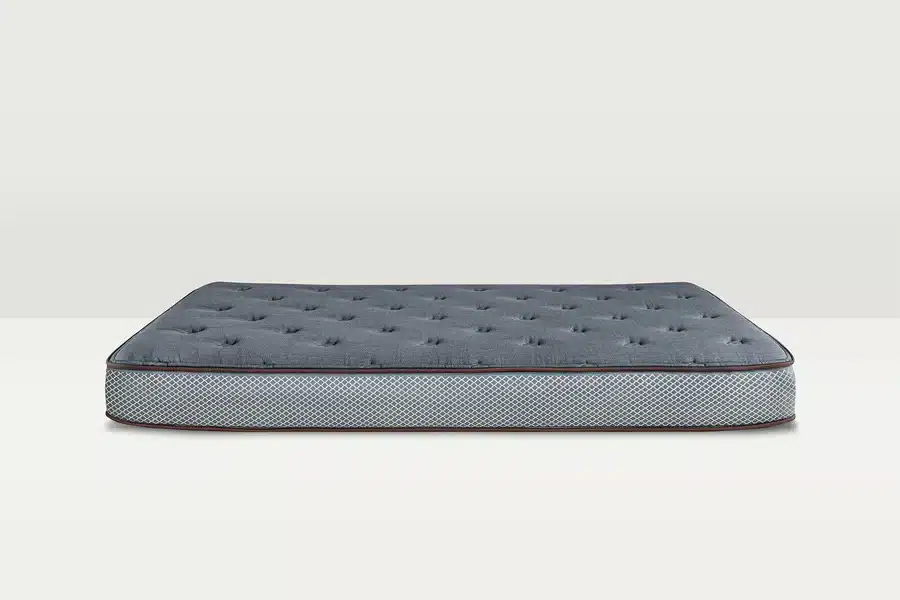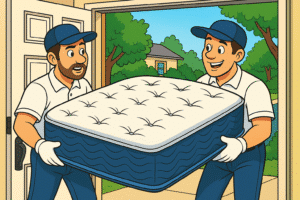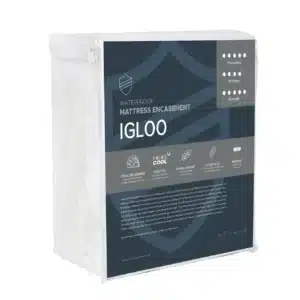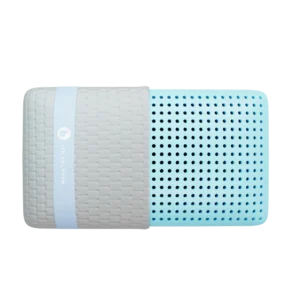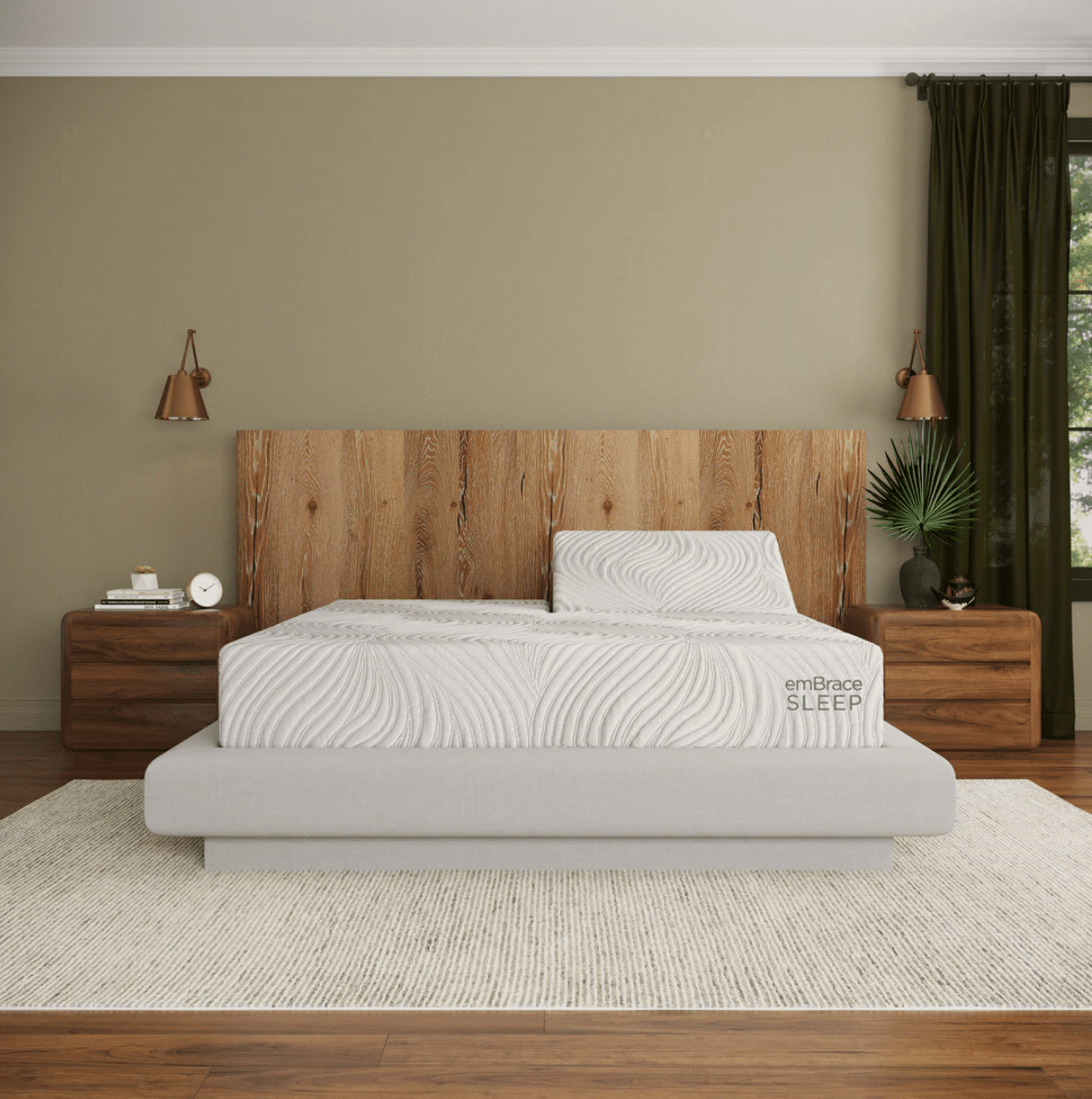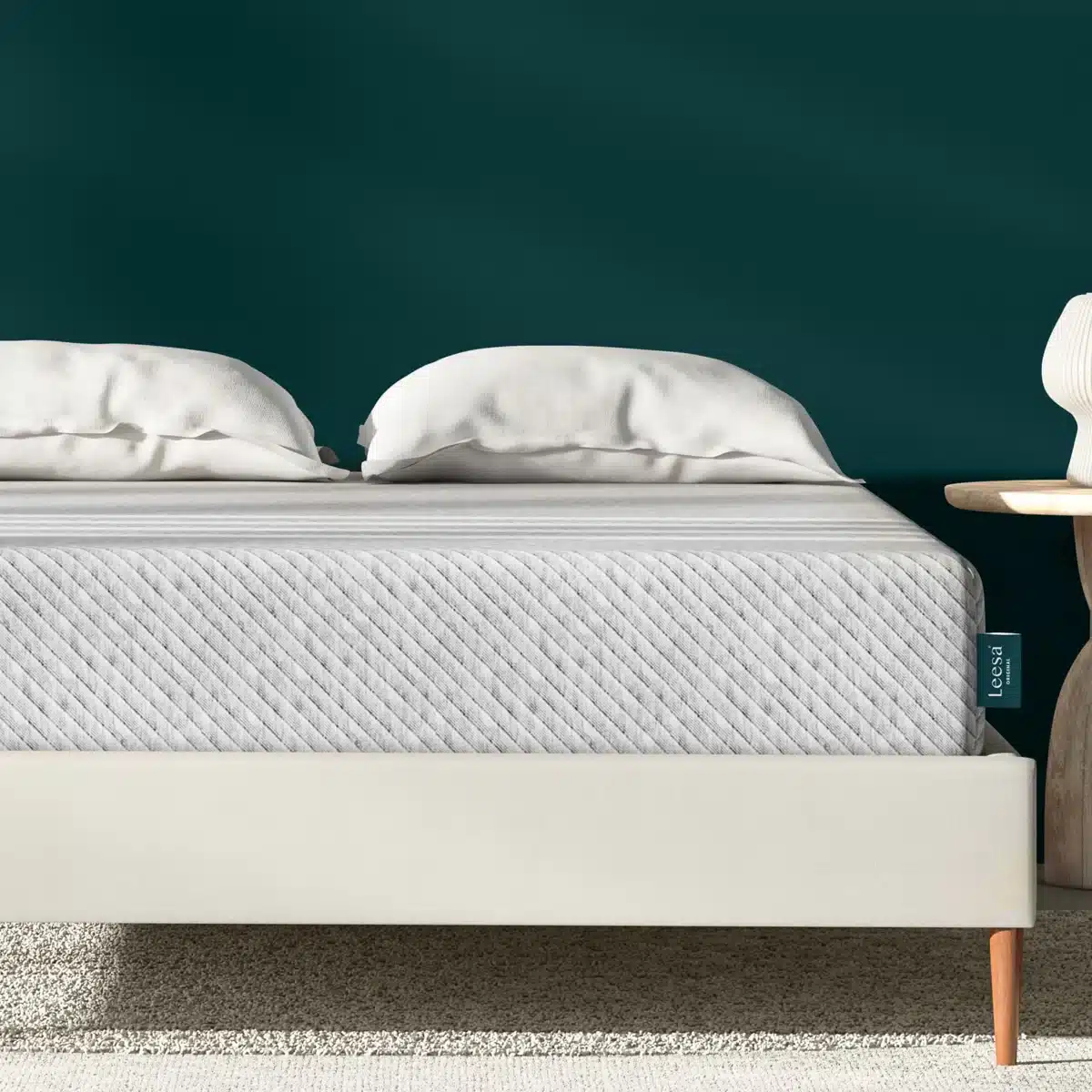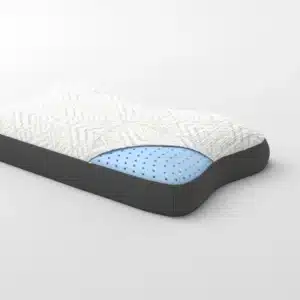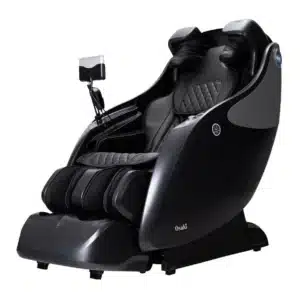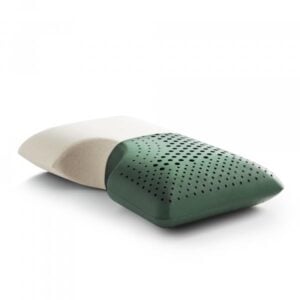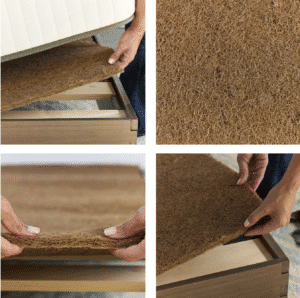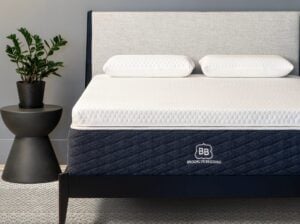The Hidden Trouble with Bed Bugs on Pillows
Identifying signs of bed bugs on pillows goes beyond mere inconvenience; it can have profound implications on your sleep quality and overall health. If you suspect that these unwelcome critters might have infested your pillows, being vigilant is key. Here are essential indicators to help you spot a potential problem before it escalates.
Key Signs of Bed Bugs on Pillows
Understanding the signs of bed bugs on pillows allows you to act swiftly. Let’s explore these warning signs in detail.
Bites: Your First Clue
One of the most telling signs of bed bugs is waking up with bites. These bites may manifest as small, itchy red bumps and can often be found clustered or in a linear pattern on your skin. It’s important to keep in mind that reactions can vary; while some individuals may notice little to no effect, others might experience severe itching and swelling.
Dark Spots: Evidence of Infestation
Another clear indicator is the presence of dark spots on your pillows, typically resembling tiny black dots. These are usually fecal stains from the bugs and may sometimes include blood smears, often caused when you inadvertently crush a bed bug during sleep. These dark spots can be one of the initial signs of an infestation, so be sure to examine your sleeping area closely.
Musty Odor: An Unmistakable Smell
Bed bugs release a characteristic musty odor, often described as sweet or fruity. This scent emanates from their pheromones and can become more pronounced as an infestation worsens. If you notice an unusual smell emanating from your pillows, it’s wise to investigate further.
Shed Skin: Signs of Growth
As they mature, bed bugs shed their exoskeletons, leaving behind translucent shells that can be found on your pillows and bedding. These light brown remnants are a strong indicator that bed bugs are present and reproducing.
Eggs: The Breeding Ground
Bed bug eggs are exceedingly tiny, about the size of a pinhead, and generally appear pearly white. They are often located in the seams and folds of pillows. If you find clusters of these eggs, it signals active breeding within your pillows and requires immediate attention.
Effective Inspection Techniques for Identifying Bed Bugs
Finding early signs of bed bugs can save you from a full-blown infestation. Here’s how to conduct a thorough inspection of your pillows.
Visual Inspection: Start with the Basics
Begin your inspection by closely examining the seams, folds, and crevices of your pillows. Bed bugs are elusive and tend to hide in these tight spaces. Pay attention to:
– Reddish-brown bodies: Approximately the size of an apple seed and flat in shape.
– Clusters: Look for groups of bed bugs, which are easier to spot.
– Dark spots: Feces or crushed bed bug remnants can provide critical clues.
A bright flashlight will illuminate dark areas, while a magnifying glass can help you spot subtle signs, such as eggs and shed skins.
Smell Test: Trust Your Nose
Utilizing your sense of smell can also be an effective way to detect bed bugs. If your pillows emit a strange musty odor, it might indicate their presence.
Tools for Success: Enhancing Your Inspection
To perfect your pillow inspection, consider these tools:
– Magnifying glass: Ideal for spotting eggs and smaller bed bugs.
– Flashlight: Necessary for illuminating dark seams and folds.
– Vacuum: Useful for clearing away any potential bed bugs and their eggs from hard-to-reach areas.
By employing these methods, you can thoroughly check for signs of bed bugs and take action before the situation escalates.
How to Eliminate Bed Bugs from Your Pillows
Once you’ve identified an infestation, swift action is crucial. Here are effective methods to rid your pillows of these pests.
Tumble Drying: Heat Kills
One of the simplest ways to eradicate bed bugs in your pillows is through tumble drying. Set your dryer to medium or high heat for approximately 20 minutes. This method is effective for both pillows and sheets, as the heat kills bed bugs at every life stage.
Washing: Hot Water for Extra Safety
After tumble drying, move on to washing your pillows. Set your washing machine to a temperature of at least 86°F (30°C) to eliminate any remaining bed bugs and their eggs. Use a mild detergent and avoid overloading the machine, washing only a few pillows at a time for optimal results.
Encase Your Pillows: Double Protection
Investing in high-quality pillow encasements can bolster your defense against bed bugs. These specialized covers fully encase your pillows, preventing bed bugs from infiltrating or escaping. Choose encasements that are not only bed bug-proof but also effective against dust mites and allergens.
Seek Professional Help: Last Resort
If the infestation is substantial, consider consulting a professional pest control service. Experts typically utilize eco-friendly methods that are effective yet safe for your living space. While this option can be more costly, it often provides the most reliable long-term resolution.
Preventing Future Infestations in Your Pillows
To avoid bed bug infestations in the future, implement these preventive measures.
Regular Inspections: Stay Vigilant
Make it a habit to inspect your pillows monthly for any signs of bed bugs. Focus on seams and folds, using a magnifying glass and flashlight for a more thorough check.
Frequent Washing: Maintain Cleanliness
Washing your pillows regularly in hot water (at least 86°F or 30°C) is a proactive measure to kill bed bugs and their eggs. Following up with a tumble dry on high heat further ensures their elimination.
Cautious with Second-Hand Items
Always scrutinize second-hand furniture and mattresses before bringing them home. Thoroughly clean and inspect these items, as they can be a significant source of bed bugs.
Conclusion: Take Action Against Bed Bugs
Recognizing signs of bed bugs on pillows may be unsettling, but with vigilance and knowledge, you can effectively maintain a pest-free sleep environment. Regular inspections, careful cleaning, and the use of protective encasements will help you safeguard your pillows.
If you find yourself in need of a new mattress or bedding solutions, plenty of resources and expert advice are available to guide your choices. A comfortable, clean sleep environment is crucial to your well-being; remain proactive to ensure you enjoy restful nights free from pests. Always seek professional assistance if you suspect an infestation—your health and comfort are worth it.


